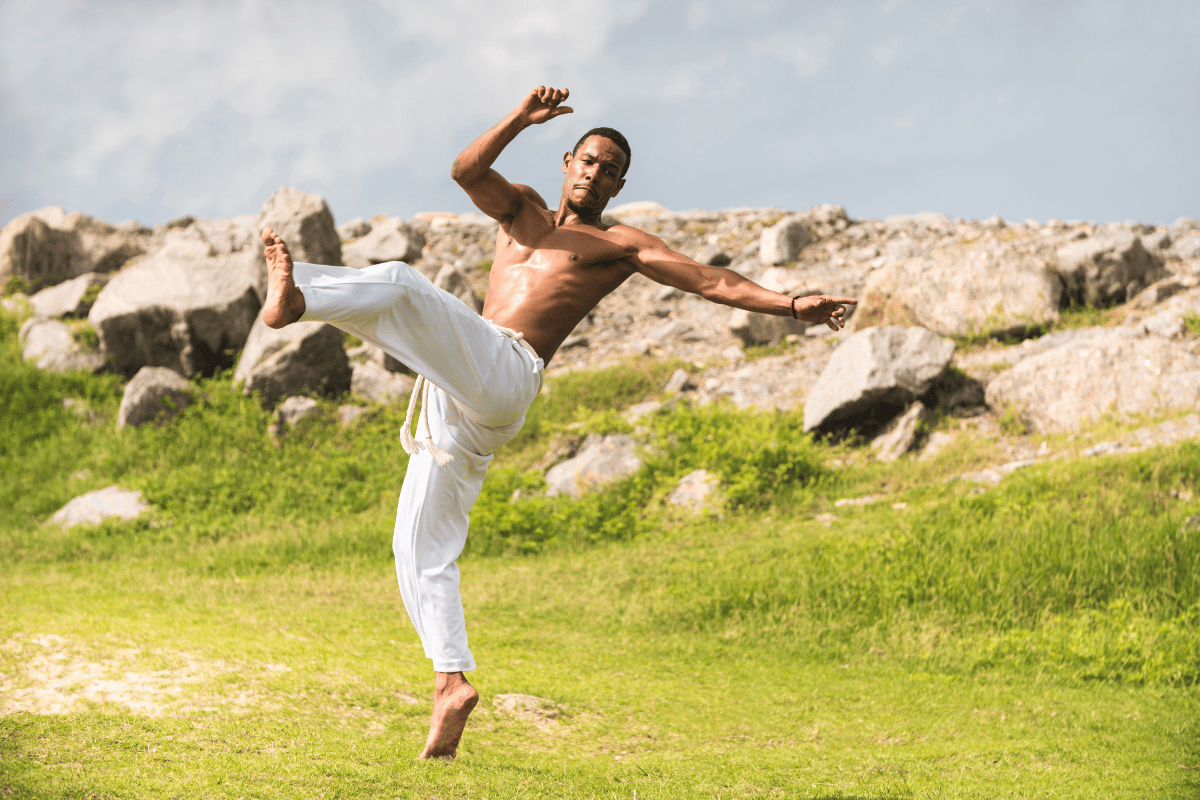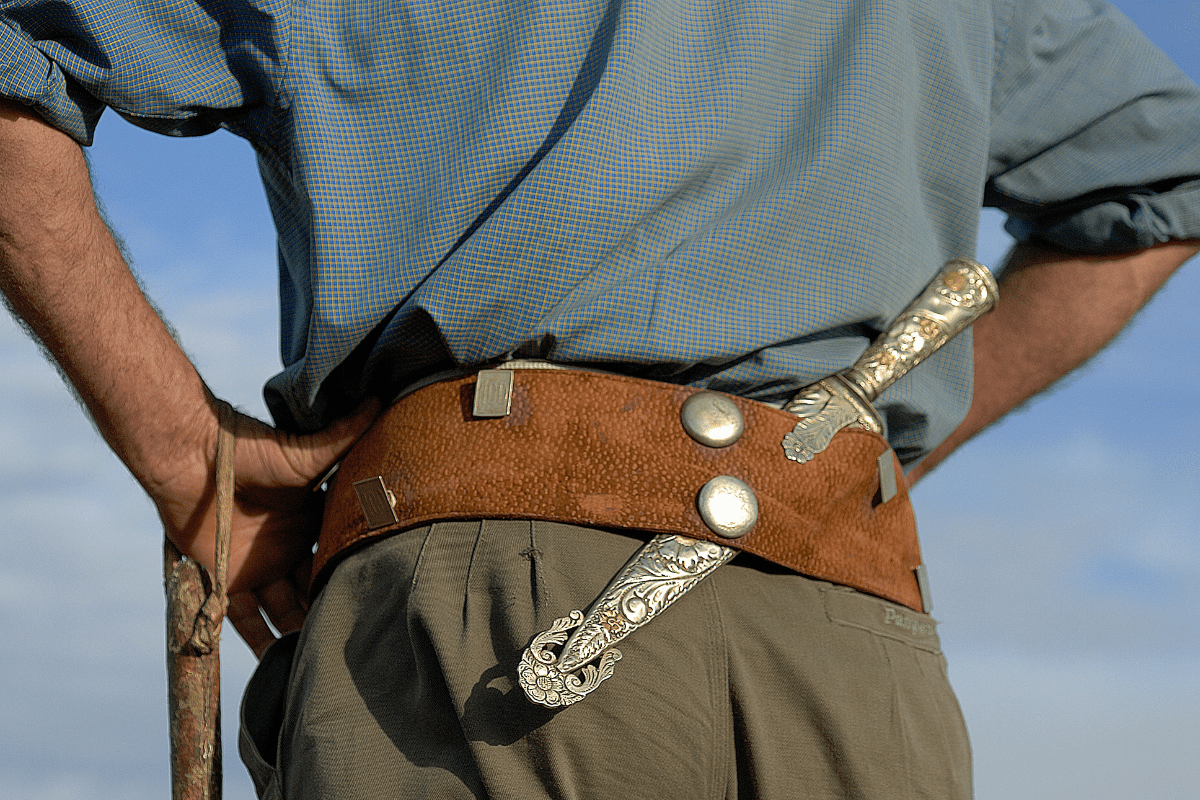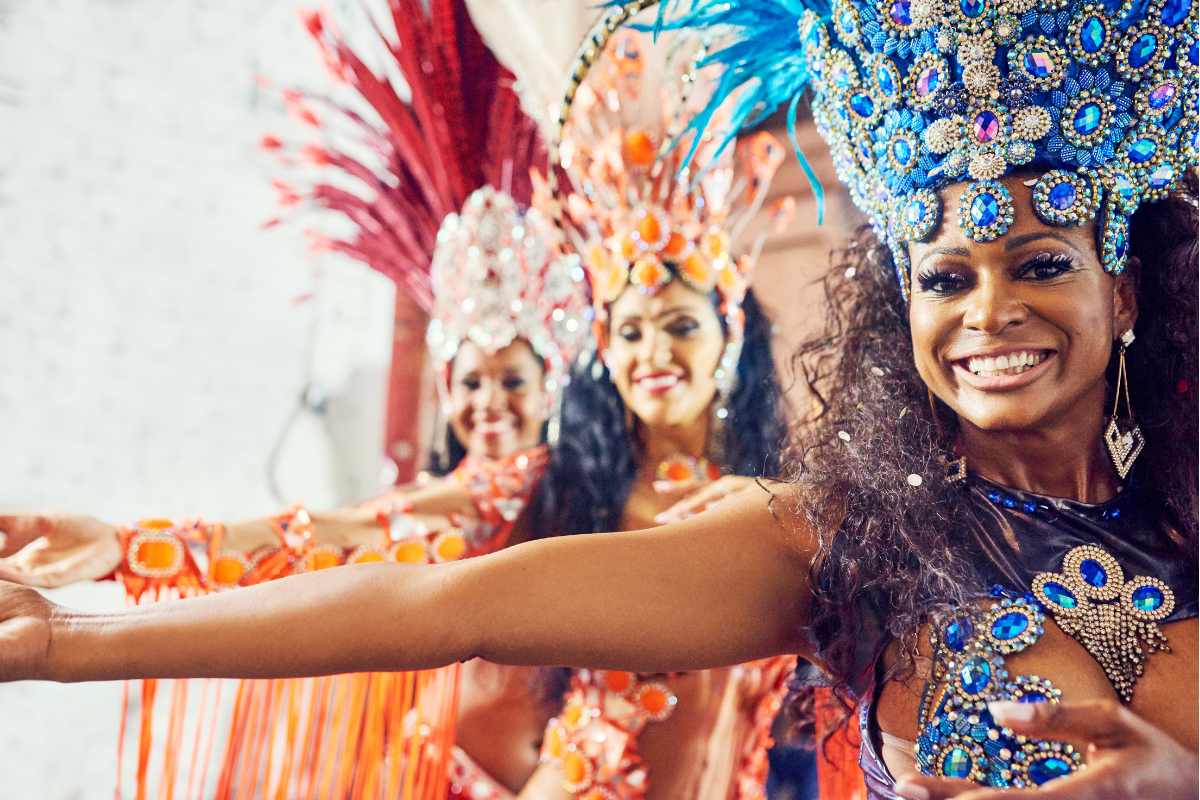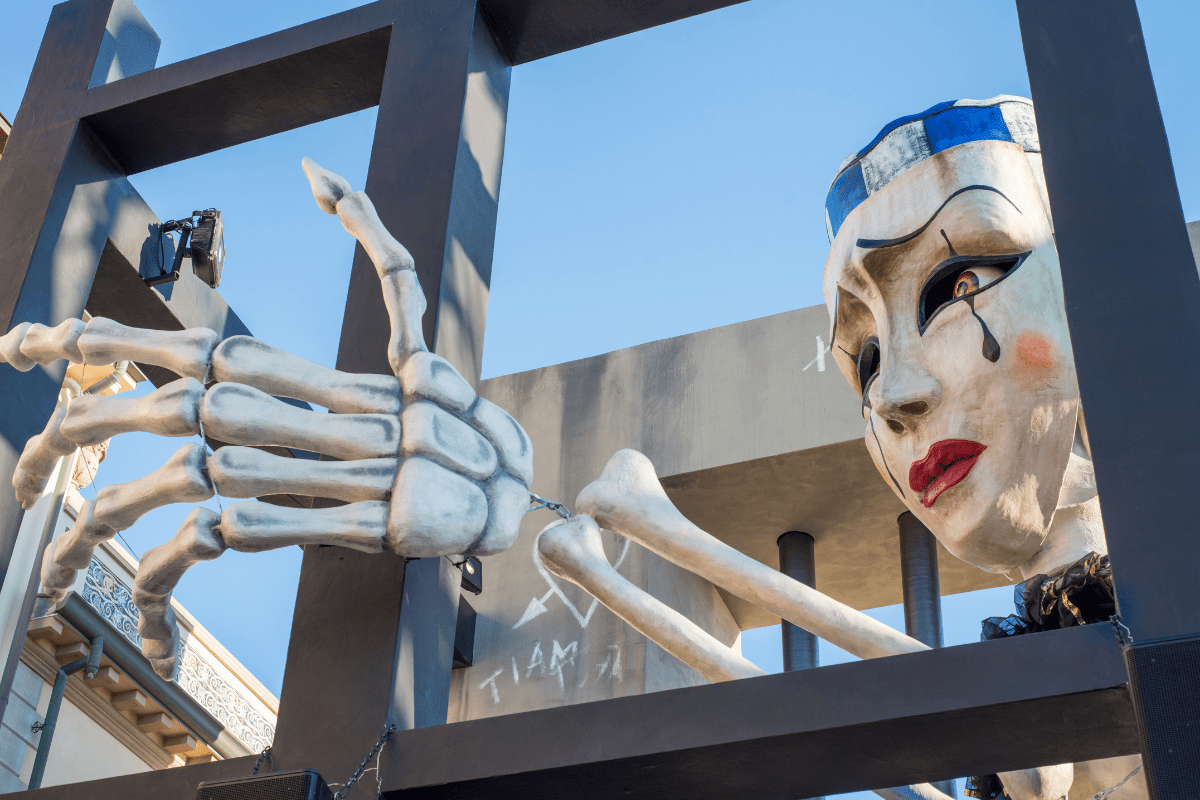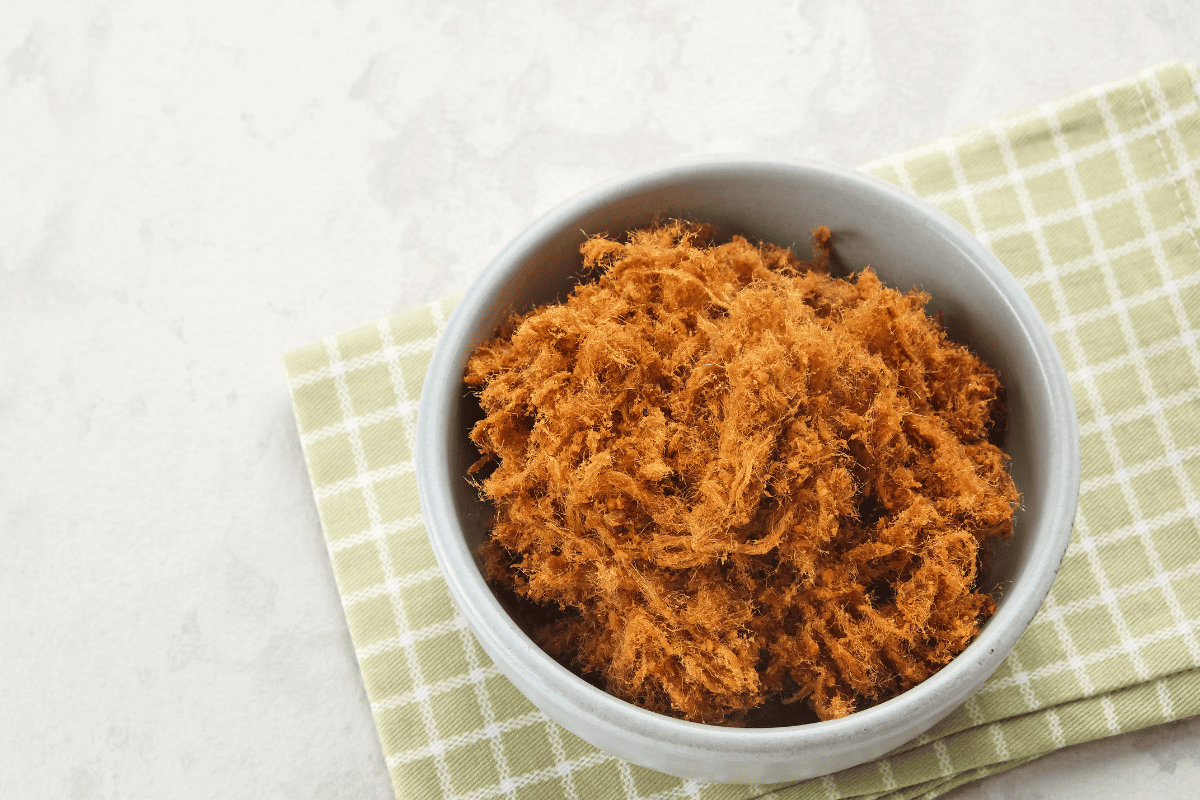
From the parma hams of Spain to the salted cod of Scandinavia, meat preservation has existed in cultures around the globe since ancient times. Prior to refrigeration, it was a crucial means of making food last longer by preventing spoilage from bacteria and other contaminants. In Brazil, a ration of dried beef was a staple for the gauchos, who required fast and shelf-stable ingredients while driving cattle across the country. Known simply as carne seca (“dried beef”), this Brazilian version of beef jerky remains popular both as a snack and an ingredient. Let’s take a closer look at the history of carne seca in Brazilian cuisine, how it is made, and how it differs from North American beef jerky.
Carne Seca in Brazil
The first iterations of carne seca in South America were known as charqui, a Quechua term that referred to various types of meat, mostly llama, that were cut in thin strips and dried in the sun. “Charqui” is, in fact, where the word “jerky” comes from.
There are variations of carne seca according to region. Beef has replaced llama as the most common type of carne seca, although other meats can be used. All Brazilian beef jerky recipes typically involve salt to draw out the moisture and speed the drying process. More or less salt is used depending on local tastes, and other seasonings may be added, such as pepper, and ground herbs.
What Type of Beef is Used for Carne Seca?
You can use any kind of beef you like to make homemade carne seca. However, it is best to use a leaner cut, such as a top round, bottom round, or flank steak. Picanha will also work beautifully, since the majority of its fat exists in a thick cap on top of very lean muscle.
North American vs Brazilian Beef Jerky
While carne seca is, indeed, a kind of beef jerky, it has some key differences with its American counterpart. In the US, we think of beef jerky as bite-sized, fairly thick pieces of salted, dried beef that you eat with your hands on the go. The meat often has a smoky or peppery flavor, and is rarely used in cooking.
In Brazil, by contrast, carne seca is utilized predominantly as an ingredient in main courses, such as feijoada and arroz carreteiro. It is usually air dried, as opposed to American jerky, which can be smoked. Prior to using in a recipe, carne seca is typically rinsed to remove excess salt then rehydrated.
The appearance of Brazilian beef jerky is also different. It is often shredded finely, especially when accompanying a side of Brazilian rice and beans. This gives it a more satisfying texture that is much less chewy than larger pieces would be.
Can You Make Carne Seca at Home?
Absolutely! To make carne seca at home, you basically need three ingredients: beef, salt, and sun. It is also best done in a fairly dry climate, since humidity will attract more pests (even with all that salt). Otherwise, you can use a dehydrator or a Biltong box (see below).
Homemade Carne Seca Basic Recipe
1. Prepare the Beef
Trim excess fat away from your cut of beef. Then, place it on a baking sheet in the freezer for around 15 minutes until it is partially frozen. This will make it easier to slice into strips.
2. Cut the Beef
Cut the beef in very thin strips (3-4 mm) against the grain. If you have a friend at your local butcher’s, you could ask them to do this for you with the deli slicer and save you a lot of time.
3. Salt the Beef
For every 8 oz of beef you have, add 1 tablespoon of salt. Mix with your hands to be sure all the strips are evenly coated.
4. Cure the Beef
Cover your salted beef strips and refrigerate them for four hours.
5. Dry the Beef
Now, for the drying. You have a couple options for this. You can be a real gaucho and attempt to sun-dry your beef by hanging it up somehow. A clothesline can come in handy for this method. Simply drape the thin strips over the meat and let the sun do the work. This will take several days and can most certainly invite pests, like birds and insects. Unless you are able to maintain fairly constant vigilance, we recommend either a dehydrator or a Biltong box.
If using a dehydrator, you can go high and fast or low and slow. We prefer the low and slow method, which sets the dehydrator at 105 degrees Fahrenheit and slowly dries the meat over 20 hours or so.
The Biltong box is closer to the traditional method, since it involves air drying; but it is protected from pests inside a box. The Biltong box is actually named after a kind of preserved meat eaten in South Africa. Buying one online can set you back a pretty penny, but if you are handy, you can make your own using stuff you probably already have around the house.
The length of time for drying carne seca in a Biltong box will vary from a few days to a couple of weeks, depending on how thick you’ve cut it. With the thickness we recommended, however, it shouldn’t take longer than 72 hours.
6. Shred the Beef
Brazilian beef jerky has a signature, shredded texture. This can be easily achieved by pulsing your carne seca in a food processor. Pulse in short bursts until your jerky achieves a fluffy, shredded appearance (kind of like the hairs on a coconut husk).
Where to Buy Carne Seca?
If you want to save yourself the trouble and simply buy carne seca, it is easily done in the US. It is quite popular in northern Mexican cuisine; as such, many mercado’s will carry pre-packaged shredded beef jerky. You can also buy it online, if you are so inclined.
If you are looking for a non-shredded version of carne seca that seamlessly blends American and Brazilian tastes, try Texas de Brazil’s all new line of beef jerky. Choose from smoky original or spicy, and indulge your taste buds in a truly delicious and dangerously snackable jerky. Visit our online market to order yours today.

